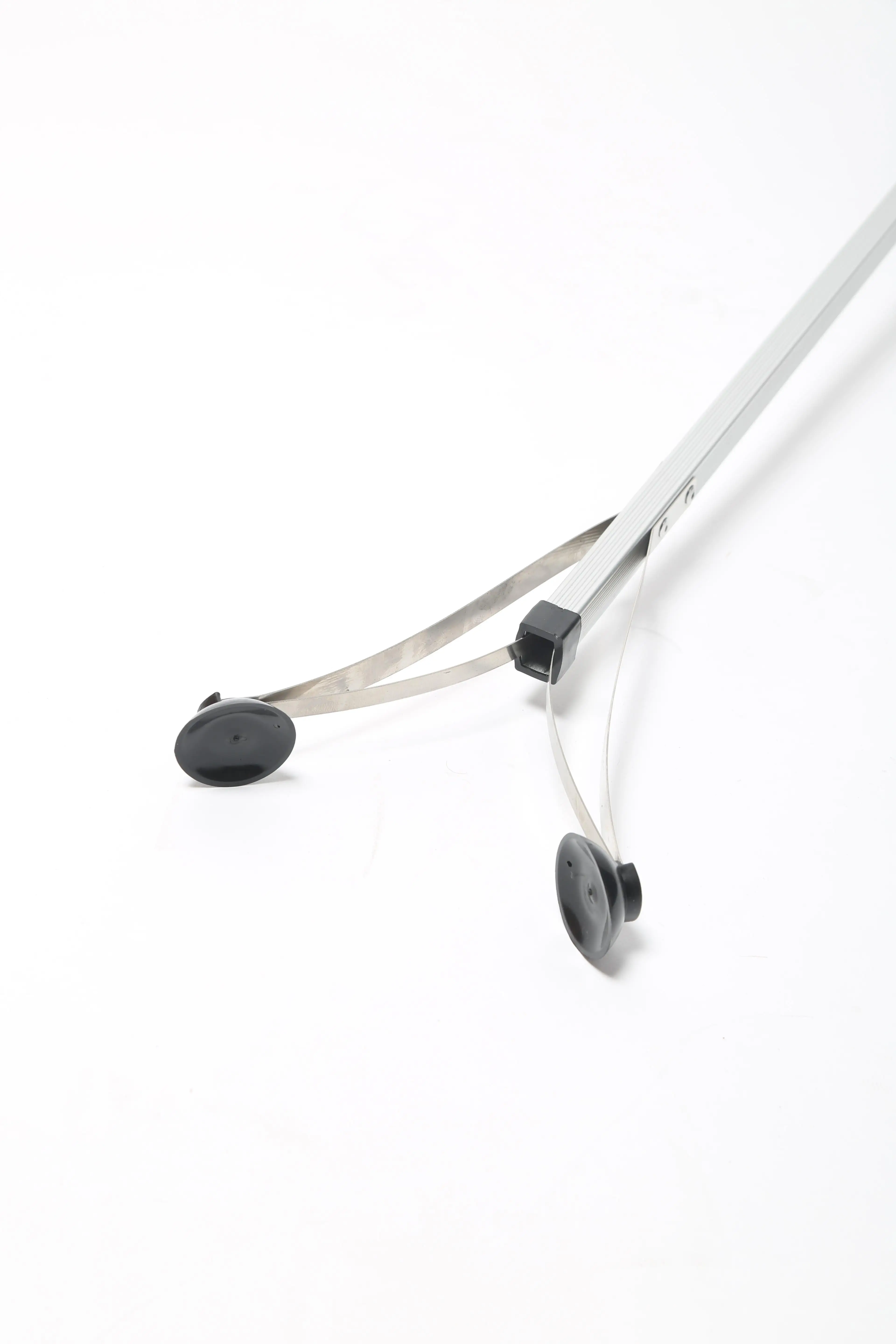

This keeps the reacher from weighing you down, but it won’t reduce its lifting capabilities. Many reachers are made from lightweight aluminum alloy.That calls for a grabber with a tight grip to pick up small items like receipts and tissues. Some Good Samaritans use a grabber to pick up litter on their daily walks. Reachers aren’t just for household items, though. With one grabber, you can pick up items weighing as much as 5 pounds or a small item like a pill or a coin. But what’s really improved is the versatility of these devices. Many are now built with nonskid, nonslip surfaces to make it easier to grab onto items. The claws themselves have come a long way in recent years. There are also plenty that have the classic straight design, but with a claw that rotates to help you grab what you need. You can find reachers that bend like an arm to give you extra flexibility when you’re trying to pick up items. If you haven’t checked out these devices recently, you may not realize how advanced they’ve become. But for those with mobility limitations, the benefits can become essential to quality of life.Ī grabber can extend your reach by at least a couple of feet beyond the length of your outstretched arm. used reach extenders to demonstrate that the human brain quickly learns to map tools as parts of the body.If you’ve ever grabbed a chair or step stool to get something from an out-of-reach shelf, you know the benefits of an extended arm. Ī 2009 neuroplasticity study by Cardinali et al. Reach extenders are also used to provide accessibility to people with disabilities or who are aging. People may construct specially adapted tools for this purpose. Reach extenders are used by litter collection services to aid in picking up litter off the ground without having to bend over repeatedly, which is very fatiguing. Variations on the basic form of a reach extender depend on what task needs to be accomplished, and significant variation is found in the length of the pole and the maximum weight the reach extender can bear. Some designs allow rotation of the plane in which the jaws operate relative to the trigger grip, allowing less-awkward manipulation of different objects. Other designs have jaws equipped with suction cups for holding round objects more easily, and still others have small magnets for collecting lightweight ferrous items. Gripping force can range up to 17 pounds (7.7 kg) in some models.

Some reach extenders may possess a secondary trigger which locks the jaws in position around whatever object they are holding, so the user does not need to maintain a tight grip on the handle. The jaws are open by default and spring open when the trigger is released. The handle is equipped with a trigger that, when pulled, closes the jaws via a lever-and-spring system or mechanical cable within the pole. The tool is available in lengths ranging from 24 inches (610 mm) for wheelchair users, up to at least 16 feet (4.9 m). The tool is commonly sold in hardware stores.Ī reach extender takes the form of a long metal or plastic pole, usually around 3 feet (0.91 m) in length, with a handle at one end and a pair of jaws at the other end. It is chiefly used to pick items up off the ground, but can also be used to retrieve items from high shelves. It has applications in waste management, assistive technology, gardening and outdoor work, and in some cases as a children's toy. A 36 in (910 mm) reach extender with a secondary trigger and a pole that can be rotated 90 degreesĪ reach extender (or reacher, grabber arm, helping hand, trash picker, picker-upper, extended gripper, long arm gripper, extended reach grabber, grabber tool, litter picker, or caliper) is a handheld mechanical tool used to increase the range of a person's reach and grasp when grabbing objects. For a person who collects items from trash bins, see Dumpster diving.


 0 kommentar(er)
0 kommentar(er)
